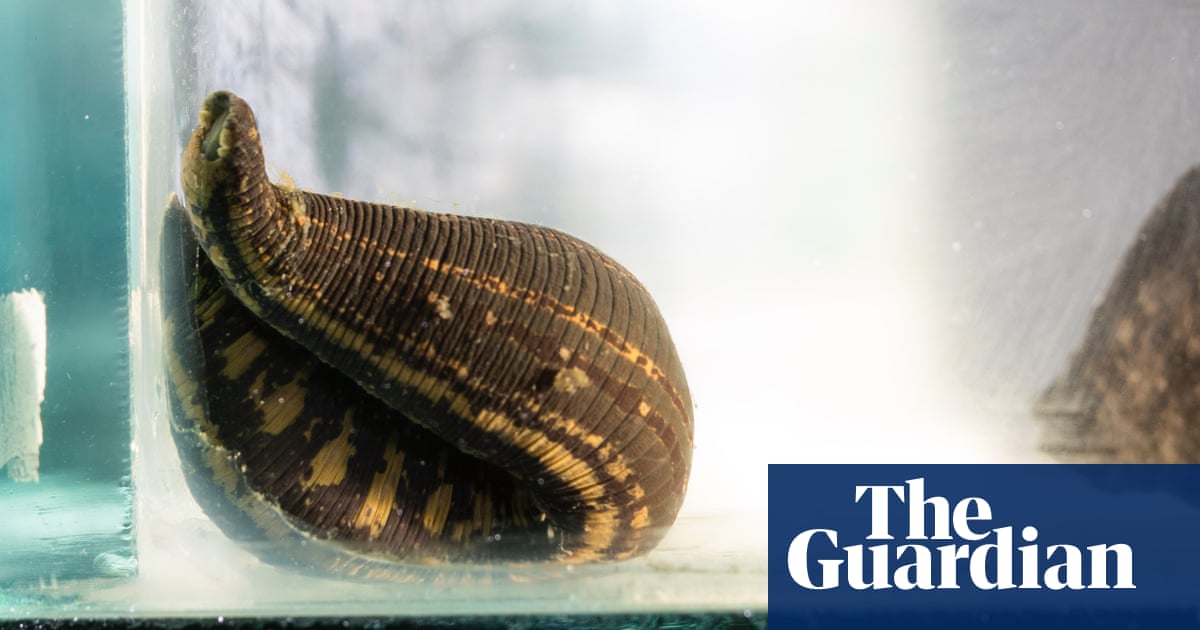The medicinal leech is one of nature’s least loved hunters. Armed with three strong interlocking jaws and with a taste for blood, they will swim hungrily towards humans, deer or cattle that wander into their ponds to bathe, fish or drink.
Yet this small predator is the focus of an unlikely reintroduction programme by conservationists working in a small laboratory deep in the Scottish Highlands, at a wildlife park best known for its polar bears, wildcats and wolves.
They want to see hundreds released into Scottish lochs and streams, in the first project to repopulate the countryside with leeches after hundreds of years of habitat loss and exploitation.



This is the best summary I could come up with:
Armed with three strong interlocking jaws and with a taste for blood, they will swim hungrily towards humans, deer or cattle that wander into their ponds to bathe, fish or drink.
NHS consultants across the UK, including hospital trusts in the Midlands, Avon, Humberside and Merseyside have reintroduced leeches for operations, as their natural anticoagulants help keep blood moving during surgery.
Hirudo medicinalis are legally protected under the Wildlife and Countryside Act due to their scarcity, making it unlawful to harvest them without special permission, ruling them out for medical use.
Until he found a third site near the Solway Firth in Dumfries and Galloway a few weeks ago, Craig Macadam, the conservation director of the invertebrates charity Buglife, had feared there were only two places left in Scotland where they clung on.
Now living in fish tanks in a pristine lab at the park, the leech is one four invertebrates that the RZSS is breeding there, including the pine hoverfly, the dark-bordered beauty moth and the pond mud snail.
Pine hoverfly A tiny but critically endangered insect now only seen in the Cairngorms, it is a pollinator and waste recycler: its larvae eat dead wood and can survive being frozen.
The original article contains 1,004 words, the summary contains 201 words. Saved 80%. I’m a bot and I’m open source!